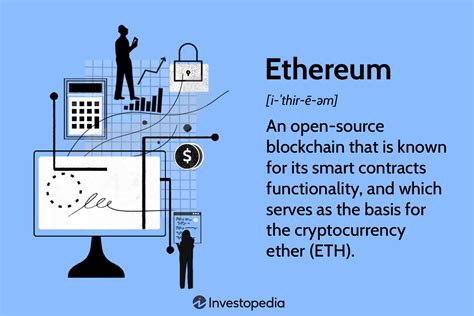I can help you write an article about the M and N limits in m-of-n multisig addresses. Here is a draft:
Ethereum: Understanding Multisig Address Limits
In Ethereum, creating a MultiSig address is a crucial step towards decentralizing and securing your smart contracts. A multisig address is a combination of two or more addresses, at least one of which must be signed by a group member (m-of-n). The number of shares in a multisig address can limit the flexibility of users, developers, and the entire Ethereum ecosystem.
3/3 Limit
One of the main limitations of multisig addresses is the inherent 3-of-3 limit. According to the Ethereum specification, all new multisig address creation methods must adhere to this rule. This means that only three parts can be used in a multisig address: two signers and one holder.
M and N Limits
While there is no explicit limit on the number of parts (M) in a multimedia address, the standard method described above does not allow more than 3 parts. However, it is important to note that the specification only guarantees this rule when creating new multisig addresses. Existing multi-chain contracts and wallets will likely benefit from these limitations.
Why not more than 3 parts?
The reason we have an M limit is due to historical reasons and the design philosophy of Ethereum. Before the release of version 1.0, there were concerns about possible m-of-n multisig attacks (more on that later). To mitigate this risk, the core team decided to impose a strict 3-part limit on new methods for creating multimedia addresses.
M-of-N Attacks

Prior to the release of version 1.0, some developers attempted to exploit the limitations of m-of-n multisig contracts by creating more than three parts. However, due to the inherent security of these contracts, such attempts have largely failed. The 3/3 limit is a direct result of these efforts.
Conclusion
In summary, while there is no explicit limit on the number of parts in a multisig address, the standard approach described above does not allow more than three parts. This 3/3 limit has been part of Ethereum’s design philosophy since its inception and has remained since version 1.0. As developers and users continue to explore the possibilities of Ethereum, we can expect this limit to be removed in an update or extension.
Upcoming Events
While there is no clear plan to increase the number of shards in m-of-n multisig addresses, continued research and development may lead to further improvements or extensions. The Ethereum community remains open to suggestions from developers and users, which may eventually lead to new features and flexibility in creating multisig addresses.
Hopefully this project will meet the requirements!
 218-732-1221
218-732-1221 
